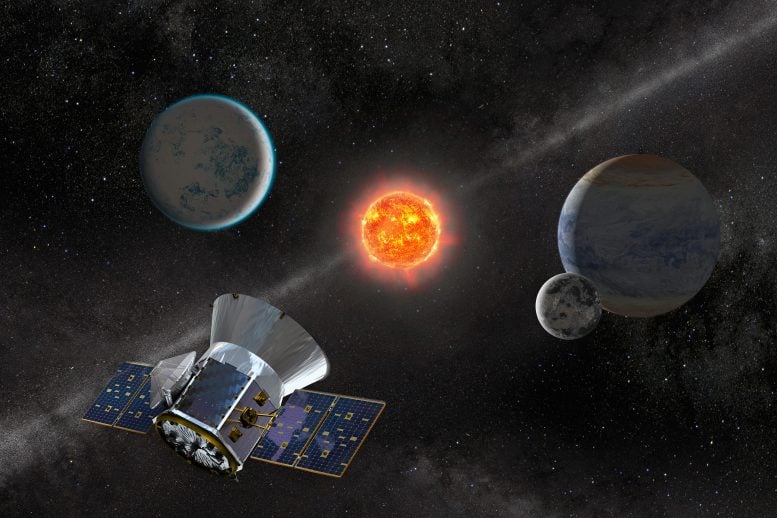
Artist concept of TESS observing an M dwarf star with orbiting planets. Credit: NASA’s Goddard Space Flight Center
On Thursday, October 13, at around 6:30 p.m. EDT NASA’s Transiting Exoplanet Survey (TESS) began its return to normal operations. Engineers successfully powered up the instrument, and the spacecraft resumed its regular fine-pointing mode. TESS resumed science observations and all science data stored on the spacecraft will be downlinked at the next opportunity.
TESS entered into safe mode on October 10 following a reset of its flight computer. The team will continue analyzing data to determine the cause.
Launched in 2018, TESS has been scanning almost the entire sky looking for planets beyond our solar system, known as exoplanets. TESS has also uncovered other cosmic phenomena, including a white dwarf abruptly switching on and off, star-shredding black holes, and stellar oscillations.
TESS surveys the entire sky over the course of two years by breaking it up into 26 different sectors, each 24 degrees by 96 degrees across. Powerful cameras on the spacecraft stare at each sector for at least 27 days, looking at the brightest stars at a two-minute cadence. From Earth, the moon occupies half a degree, which is less than 1/9,000th the size of the TESS tiles. TESS is creating a catalog of thousands of exoplanet candidates using this transit photometry method.
TESS has been instrumental in many fascinating discoveries. Some of the most recent include:

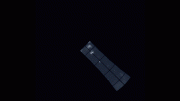
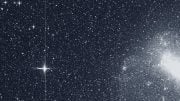
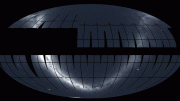
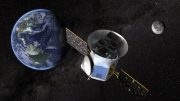
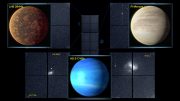


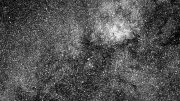
Be the first to comment on "NASA’s Planet Hunter TESS Resumes Normal Operations"